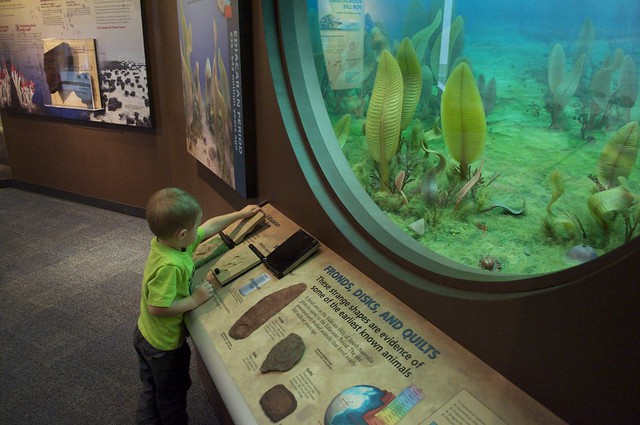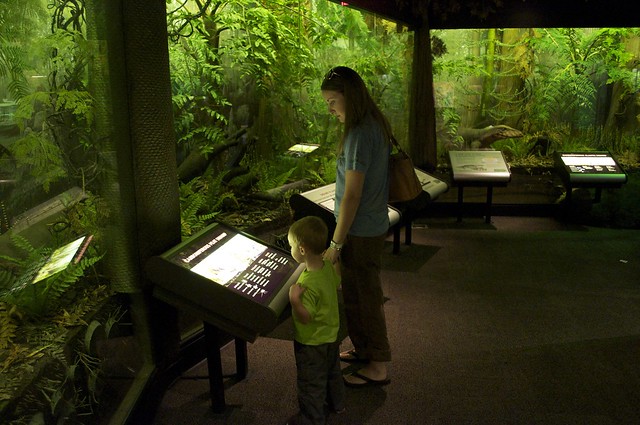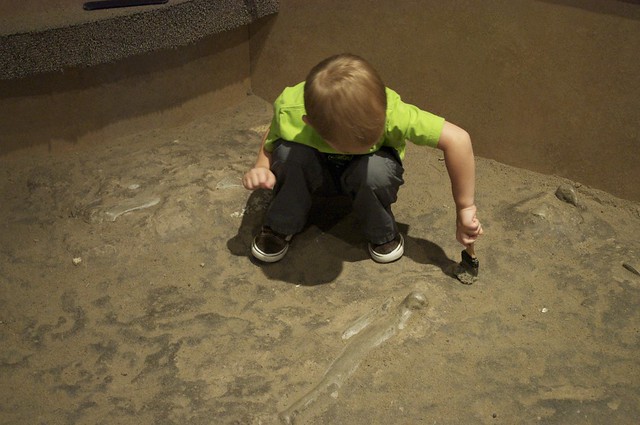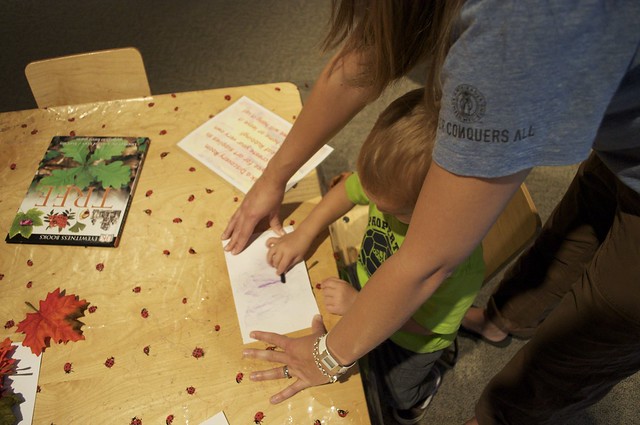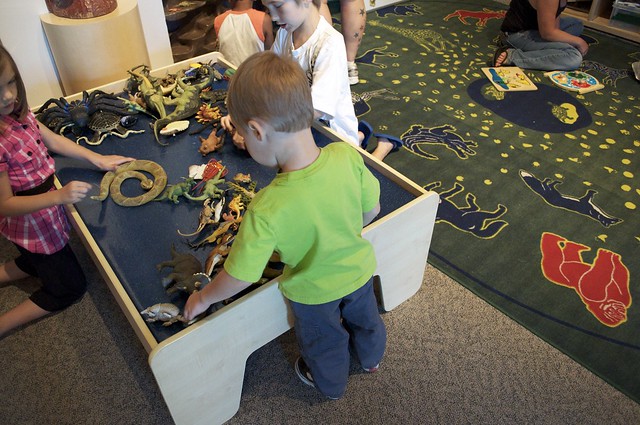Once upon a time in high school I had a teacher -- I’ll call him Mr. X -- with a Beatle’s hair cut and a lisp. He was about my height – short for a guy – and wore paisley print slacks and boring shirts. At first glance he was nothing to write home about, but then he started lecturing and this guy … he took teaching to a whole different level.
From the assassination of Archduke Franz Ferdinand of Austria in Sarajevo, to the Beer Hall Putsch, to the Nuremburg Trials, for months on end Mr. X not only held sway over a roomful of high school sophomores, he mesmerized, entertained and enchanted us with history. More than 35 years later I still remember much of what I learned in his class.
Mr. X’s trick, besides being possessed with a flair for the dramatic, was an encyclopedic knowledge of the details and nuances of events and larger-than-life characters. He was a gifted story teller and all of us listening to him felt as though we had a ring-side seat for some of the most significant events in human history.
Today, in a large part due to Mr. X’s valiant efforts, I remain entranced with the stories of a place, and fortunately for me, in our grand land of Oklahoma, we’re blessed with a veritable jackpot of destinations deeply embedded in a fascinating weave of geography, diverse cultures and legendary people.

Take for instance Fort Supply in northwestern Oklahoma near Woodward. First established as Camp Supply in 1868 in what was then the western Cherokee Outlet, the camp originally served as General Philip Sheridan's supply base for a winter campaign against several American Indian tribes on the southern Great Plains.
The fort is perhaps best known for its role as the supply camp for Lt. Col George Armstrong Custer prior to his surprise dawn attack on the Cheyenne village of Peace Chief Black Kettle at the Battle of the Washita on November 27, 1868. Custer led the U.S. Army Seventh Cavalry in the attack, killing Chief Black Kettle and his wife, along with a number of the villagers, including women and children.
The camp's name was changed to Fort Supply in 1878 when it was set up as a permanent military post, and the military presence for the next twenty-five years led the effort to keep the peace as soldiers patrolled the region to contain the tribes and keep out trespassers. Buffalo hunters, timber and horse thieves, whiskey traders, and “Boomers” were a continual threat to stability in Indian Territory, and the fort's troops participated in territorial land openings in the 1880s and 1890s, and in the Cherokee Outlet land opening in 1893. Fort Supply was closed as a fort in 1894, and later, in May 1908, the old post’s buildings and and grounds became Oklahoma’s first mental health facility.

Today, the Oklahoma Historical Society administers five buildings and this reconstructed replica of the original 1868 stockade at the Fort Supply Historic Site.

The Guard House then …

… and now. Today the guard house hosts a number of fascinating artifacts and provides a greater degree of understanding about life on the frontier.

One of the rooms in the Fort Supply guardhouse, the restored office of the sergeant of the guard, is full of insights into the workaday lives of soldiers at the fort. Notice the spittoon.

Guard’s sleeping quarters.

One of my personal favorites is the teamsters’ cabin, a rare example of a picket-style log building, a frontier construction method consisting of vertically aligned logs, rather than the more well-known horizontal orientation.

This 1882 duplex was the officers' quarters and is one of only two frame houses left on "Officers' Row."

A six-mule supply wagon at Fort Supply. Can you imagine riding across prairie and mesas, through canyons and over buttes in this?
In addition to preserving Oklahoma history, the Fort Supply Historic Site also offers living history events and programs, and is listed on the National Register of Historic Places.
An excellent companion destination, just about 80 miles away, is the Washita Battlefield National Historic Site near Cheyenne.

 The Hall of Ancient Life takes you on a tour of more than 4 billion years of Oklahoma's prehistory - from the formation of the planet through the last Ice Age.
The Hall of Ancient Life takes you on a tour of more than 4 billion years of Oklahoma's prehistory - from the formation of the planet through the last Ice Age.